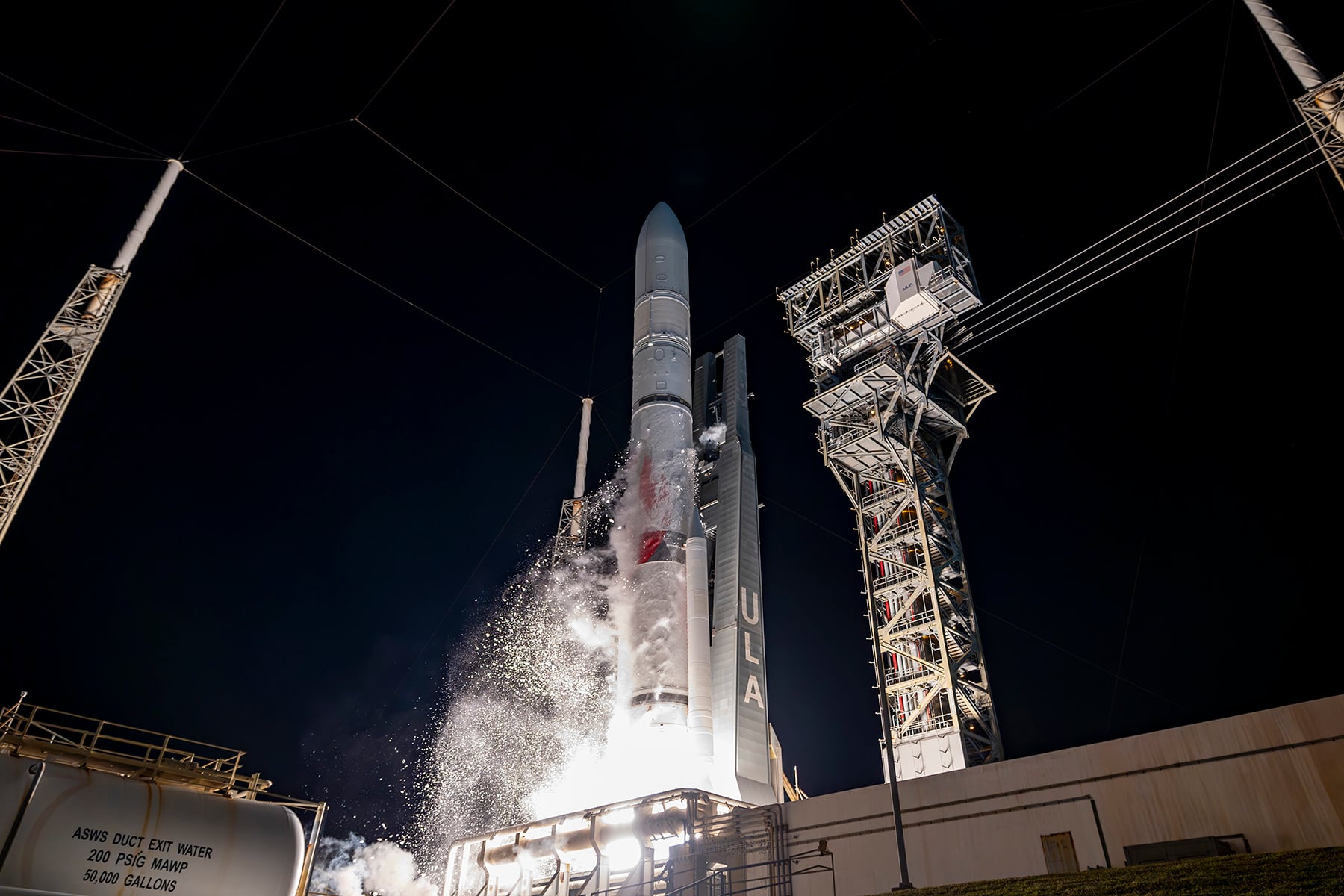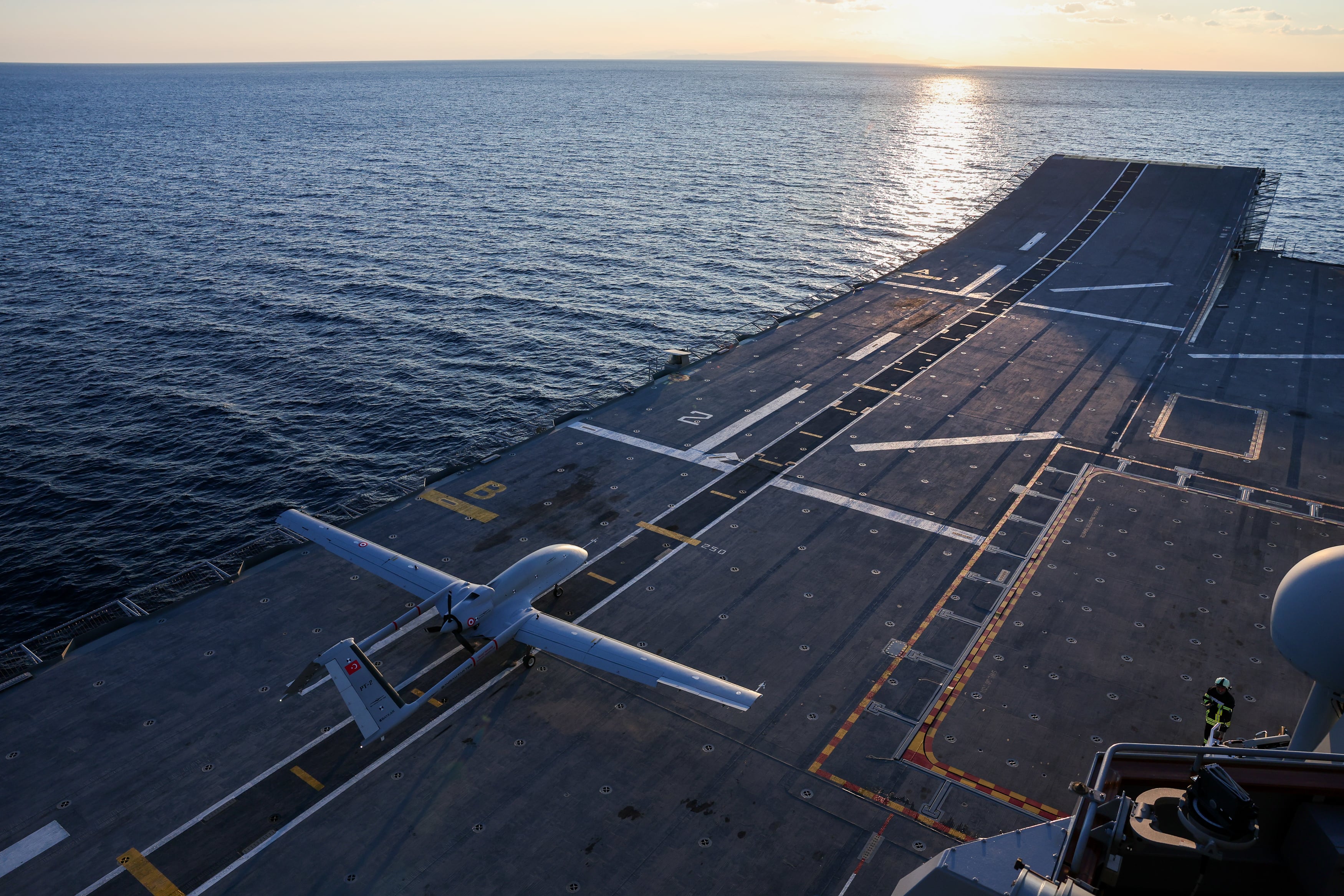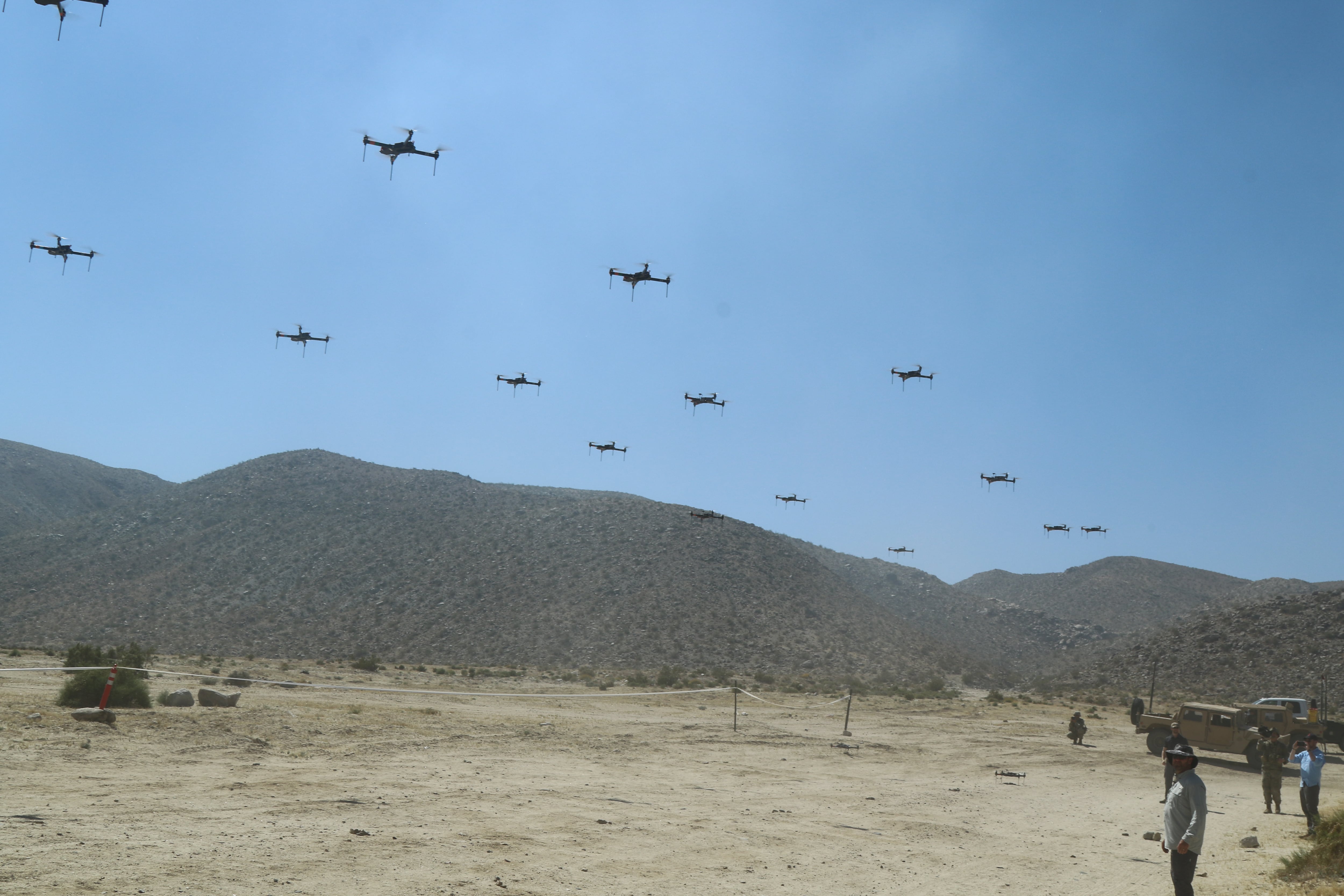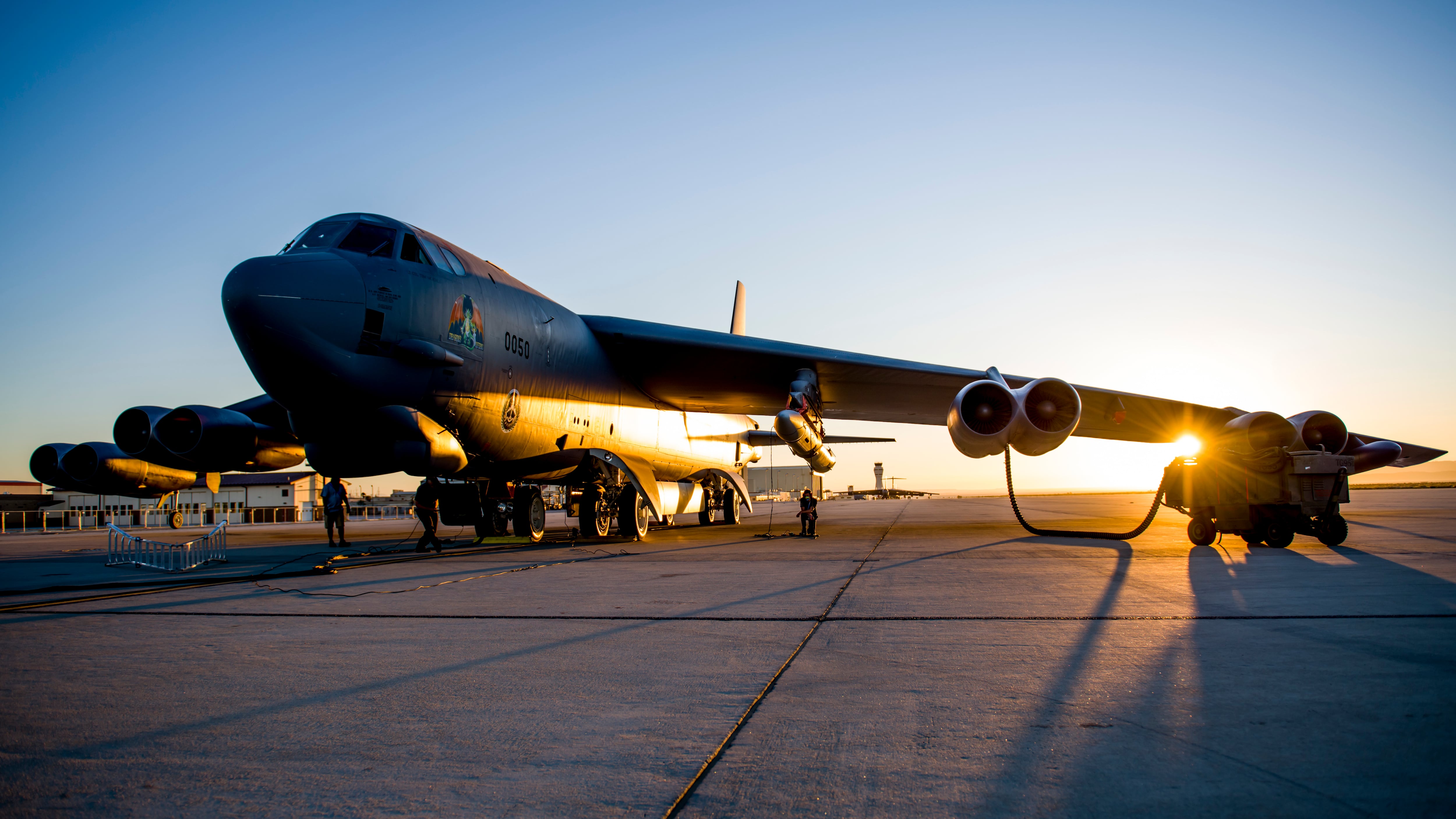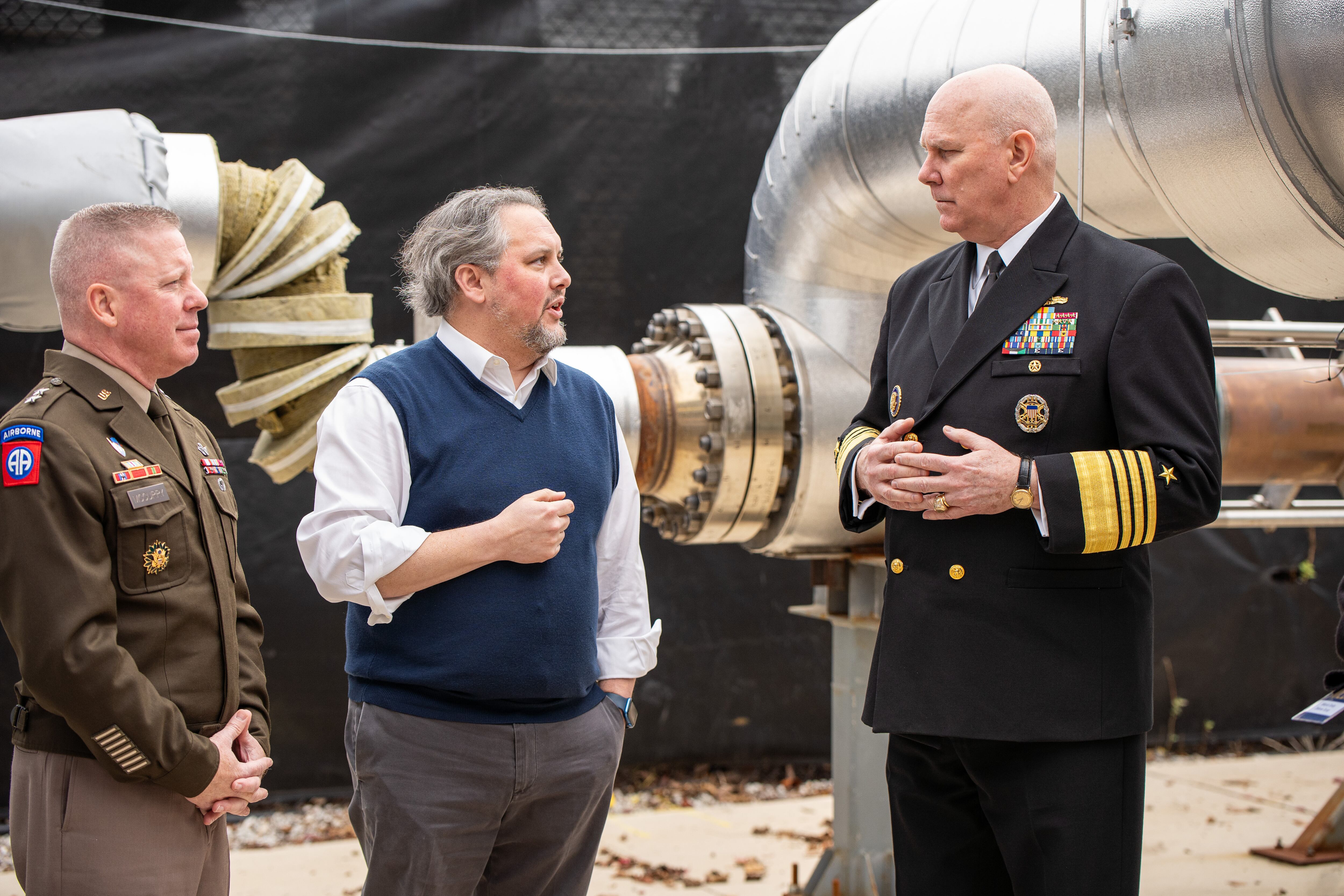The very small aperture terminal (VSAT), a two-way satellite ground station, allows real-time transmission of voice, video and data without the need for bulky communications infrastructure or line-of-sight positioning on the battlefield.
Launched in 2004 with fewer than 20 terminals, the VSAT program now includes over 3,600. VSATs are getting more precise, are achieving new capabilities for early entry operations, and some vendors are working to develop higher security.
The long-range vision for VSAT includes shifting away from present commercial networks and incorporating into the Army's Warfighter Information Network-Tactical (WIN-T) program after 2020. The plan would consolidate assets and reduce stovepiping, said Peter Nesby, product lead of Combat Service Support SATCOM under the Army Program Executive Office-Enterprise Information Systems (PEO EIS). The effort calls for a new hardware platform, upgraded regional hubs and other changes.
In the shorter term, program managers are looking to make VSAT deployments more accurate, and the recent Ebola outbreak in Africa helped convince them they were on the right track.
When the crisis began, the U.S. deployed around 4,000 personnel. As many as 20 VSATs were deployed as the operation's primary satellite link, according to Army reports. Before deploying, the VSATs were upgraded to include a new e800 modem and their 4-watt block up-converter (BUC) transmitters were replaced with 6-watt BUC transmitters to provide the power to reach satellite assets from remote locations.
The deployment gave the service an opportunity to test the effectiveness of a recent migration from legacy systems to the DCATS Commercial Satellite Communications Network.
"This was really on the fringe of what we have had in terms of coverage. Now we don't have to worry about what part of Africa we are in. We know that whatever part of the world the VSATs are running in, we will have global coverage," said LTC Jeff Etienne, product director, Defense Wide Transmission Systems, PEO EIS.
The VSATs' success helped show that forces now could operate in far-flung regions. "Once those units deployed, they were to a certain degree on their own. They did not have our positions on the ground," Nesby said. The VSATs "allowed those units to maintain their logistics pipeline, to operate as if they were still here in the states, despite moving to an area of the world that might not have had the infrastructure to support that kind of operation."
Even as the Army celebrates its success in keeping VSATs connected under geographical constraints, the service is working just to keep aging terminals alive. Some date back to 2004, Nesby said.
Others have been exploring ways to get the terminals on the ground and into operation sooner.
"One of the Army's biggest trends is using VSATs in early entry operations," said LTC Leonard Newman, product manager for Satellite Communications, assigned to PM WIN-T.
One example of the early entry philosophy comes from the Global Response Force. At present the highly mobile units can parachute in with small "jumpable" satellite dishes, such as the suitcase-sized Global Rapid Response Information Package, to be followed by heavier terminals. New technology has reduced size, weight and power requirements, delivering roughly the equivalent amount of bandwidth as an established brigade command post would use in the field, Newman said.
The Army wants to scale that down further, all in an effort to get communications up and running as early as possible. The service is looking at new, smaller commercial terminals to further increase throughput and capability. ■

